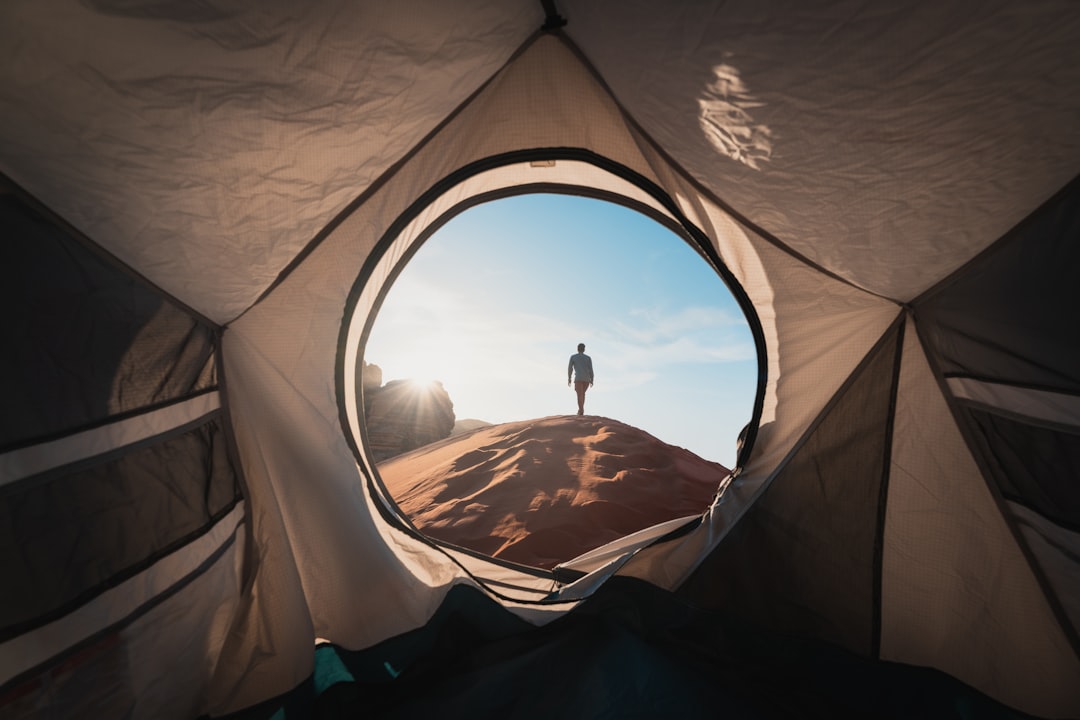Discover the Unseen: How Micro-Adventures Can Transform Your Life
In a world that often glorifies grandiose journeys and far-flung destinations, the concept of the micro-adventure emerges as a breath of fresh air. This isn’t about scaling Everest or traversing the Amazon. Instead, it’s about finding adventure in the mundane, right outside your doorstep. Imagine this: a midweek escape that doesn’t require a plane ticket or a sabbatical from work. Micro-adventures are the perfect antidote to our fast-paced, tech-driven lives, offering a chance to reconnect with nature and rediscover the thrill of exploration. What exactly is a micro-adventure, you ask? Coined by British adventurer Alastair Humphreys, the term refers to simple, short, and local escapades that fit around your everyday life. These adventures are low-cost, require minimal equipment, and can be completed in a matter of hours or over a weekend. Think wild camping on a nearby hill, kayaking down a local river, or even just spending a night under the stars in your backyard. The beauty of micro-adventures lies in their accessibility. They strip away the excuses that often prevent us from seeking adventure—no time, no money, no experience—and open up a world of possibilities. For instance, a Friday night could transform into an overnight camping trip to a local forest, with just a sleeping bag and some sandwiches. Wake up to the sunrise, and you’re back home in time for a leisurely breakfast. From a psychological perspective, micro-adventures offer profound benefits. They encourage mindfulness, allowing you to live in the moment and appreciate the world around you. Studies have shown that spending time in nature can reduce stress, improve mood, and enhance cognitive function. These mini escapades provide a mental reset, breaking the monotony of daily routines and fostering creativity and problem-solving skills. Micro-adventures also promote sustainability. By staying local, you reduce your carbon footprint and contribute to the local economy. It’s an eco-friendly alternative to long-haul flights and tourist-heavy destinations, aligning with the growing trend of sustainable travel. Plus, it encourages you to discover and appreciate the hidden gems in your own backyard—those forgotten trails, quiet beaches, and secluded parks. But perhaps the most compelling aspect of micro-adventures is the shift in perspective they offer. They remind us that adventure doesn’t have to be a once-in-a-lifetime experience. It can be woven into the fabric of our daily lives, enriching them with spontaneity and wonder. So why not take a leap and embark on a micro-adventure of your own? Whether it’s a solo endeavor or a family outing, the world is waiting to be explored—one small step at a time.




